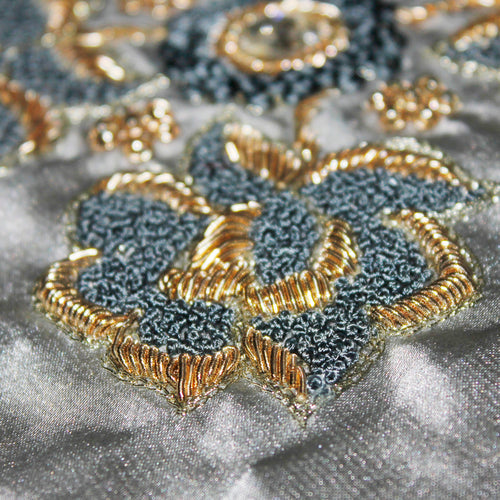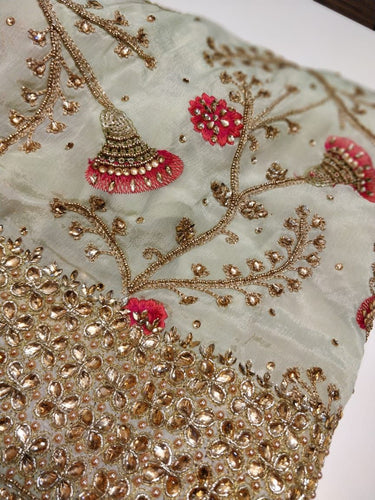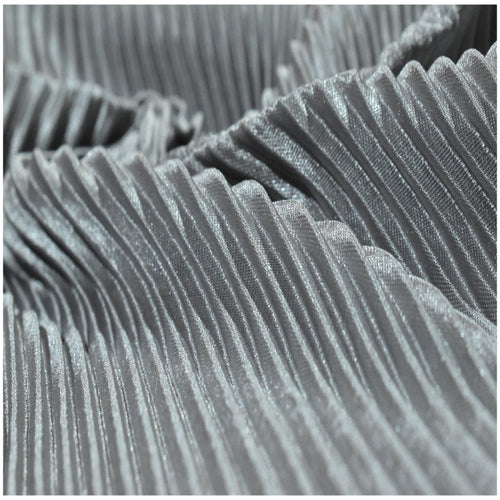
ZARDOZI EMBROIDERY
Zardozi is form of embroidery that came to India from Persia. Its literal translation, “zar” meaning gold and “dozi” meaning embroidery, refers to the process of using metallic-bound threads to sew embellishment on to various fabrics. This heavy and intricate style of design is said to have been brought to India with the Mughal conquerors. Till date there are numerous micro enterprises that specialize in Lucknow Zardozi. It is particularly popular in countries like Iran, Pakistan and India.
The inspiration for all motifs has always been nature. From flowers, leaves and trees to animals and birds, the national ecology of India seeps in to all Zardozi embroidery. The techniques, tools and raw materials used to create Zardozi are the same across India and adhere very closely to the original and ancient techniques. In Lucknow, the raw material to make original Zardozi threads is an alloy of gold and silver. This delicate alloy wire is made by melting ingots that are pressed through perforated steel sheets. They are further flattened by hammering and then converted into wires. Once out of the furnace, these wires are twisted around silk threads to form the thicker, spring-like Zardozi thread. This springy quality of thread called “Dabka” is credited as a Lucknow specialty. It is often combined with sequins, glass and plastic beads.
The range of products using Lucknow Zardozi today are endless; dresses, coats, purses, belts, stoles, shoes, etc. The major innovation in Lucknow Zardozi has been seen in recent years with it major commercial popularity. With the help of modular machines and substitute material blends, Zardozi is available far more commercially than ever before. The richness desired at the time of Mughal royalty is increasingly being replaced with simpler and more economic designs. Pocket-friendly options like copper and synthetic wires can be seen instead of gold and silk threads. The big advantage of this is to make Zardozi far more easily available and accessible to wider customer base, while still maintaining the traditional Lucknow versions as novelty investments.
Considering Lucknow Zardozi work consists of intricate embroidery that sometimes sticks out above the surface, it’s advisable to maintain its sheen and construct with dry cleaning.





